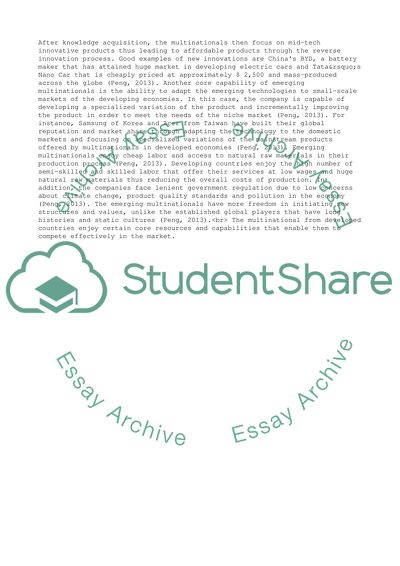Cite this document
(“From Copycats to Innovators Case Study Example | Topics and Well Written Essays - 1000 words”, n.d.)
From Copycats to Innovators Case Study Example | Topics and Well Written Essays - 1000 words. Retrieved from https://studentshare.org/business/1648099-case-study3from-copycats-to-innovators
From Copycats to Innovators Case Study Example | Topics and Well Written Essays - 1000 words. Retrieved from https://studentshare.org/business/1648099-case-study3from-copycats-to-innovators
(From Copycats to Innovators Case Study Example | Topics and Well Written Essays - 1000 Words)
From Copycats to Innovators Case Study Example | Topics and Well Written Essays - 1000 Words. https://studentshare.org/business/1648099-case-study3from-copycats-to-innovators.
From Copycats to Innovators Case Study Example | Topics and Well Written Essays - 1000 Words. https://studentshare.org/business/1648099-case-study3from-copycats-to-innovators.
“From Copycats to Innovators Case Study Example | Topics and Well Written Essays - 1000 Words”, n.d. https://studentshare.org/business/1648099-case-study3from-copycats-to-innovators.


